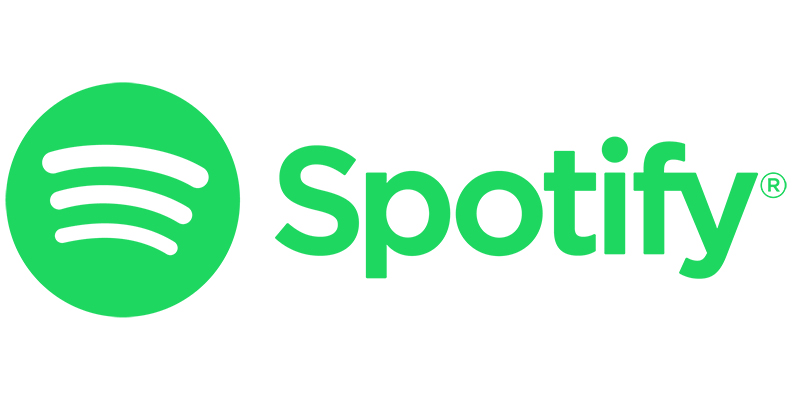All products featured are independently chosen by us. However, SoundGuys may receive a commission on orders placed through its retail links. See our ethics statement.
Spotify announces playlist targeting for brands

One of my favorite things about Spotify are the playlists that are based on genres and moods. If you’re going for a run, try the workout playlist. On a road trip? Give a listen to the travel playlist. Discovering new music based on my mood or what I’m doing has to be one of the most convenient tools that Spotify offers, it’s even available to freemium users. However, starting May 1st Spotify is using that area of their service as an audio Billboard for advertisers and brands in three ways. They’re calling it Playlist Targeting for Brands, which allows companies to reach their target audience more efficiently based on user data.
Brands will now be able to target users based on their moods or the playlists they listen to. Sure it’s a little creepy that these companies will now know the mood I’m in at any given time, but what don’t they know at this point. Basically this means that those random annoying ads will be replaced by something you might actually be interested in. If you’re listening to a workout playlist you might get an advertisement promoting a deal at a local gym. If you’re listening to an EDM playlist you might get ads regarding artist tour dates in your area, which actually doesn’t sound half bad.
The second way brands can tailor their ads to users is based on demographic data. This is where it gets a little creepy. Companies can use information on gender, age, location, and even language to create ads that they feel would interest you the most. The last way they can reach users is by using information on when and how you use the music streaming service. If you mainly use Spotify through your mobile device on your commute to work, you would get ads made for that occasion. On the flip side if you mainly use it on your desktop at night, then you’ll get ads based on that.
If you’re not a big fan of this you could always just subscribe to a premium membership that gives you unlimited streaming and blocks all of the ads. Pro Tip: if you have a .edu e-mail address you can sign up for a premium membership with a student discount for only $4.99 a month. It’s amazing how many of my student friends don’t know that. Do you feel like allowing companies access to this information in order to customize their ads will help the overall user experience or is it just business? Let us know what you think.